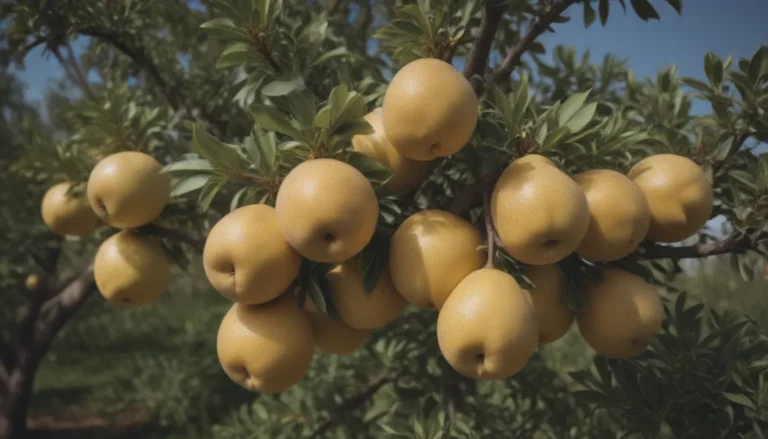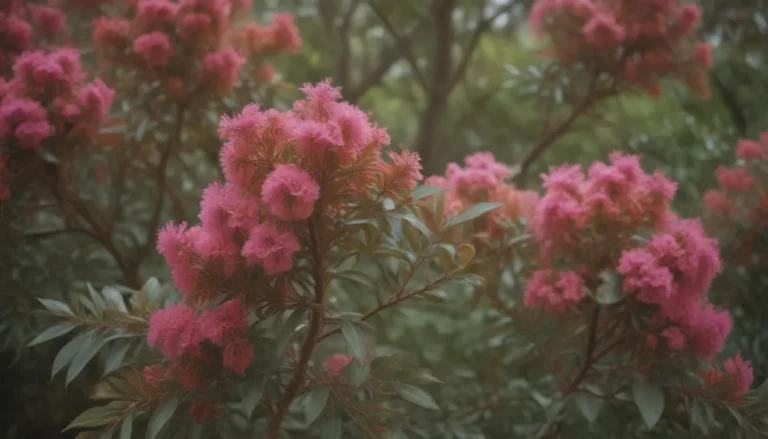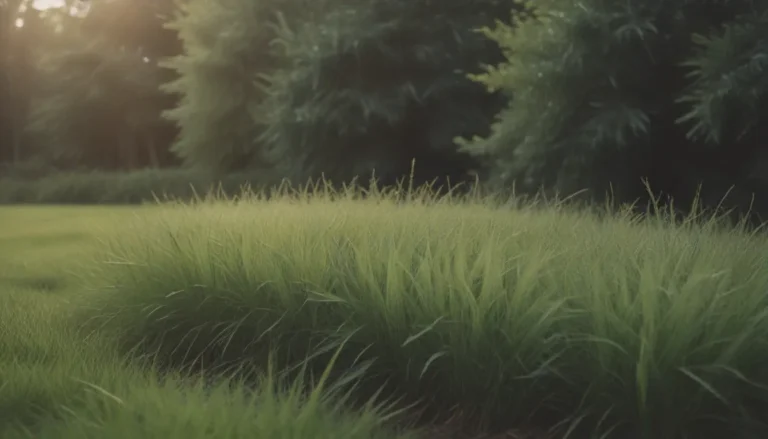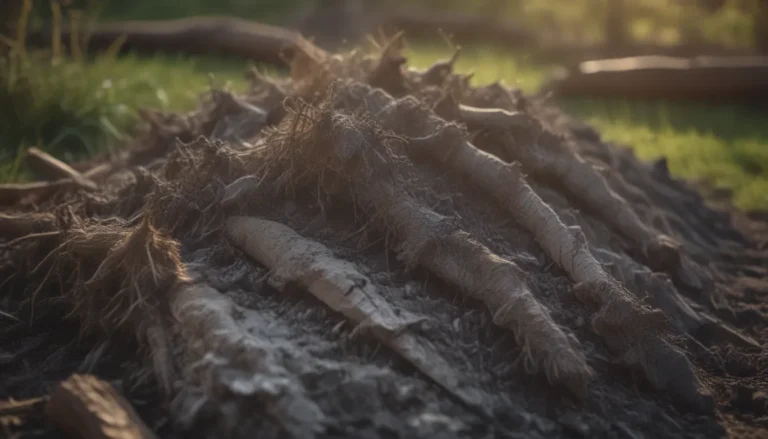Everything You Need to Know About Growing Bahia Grass
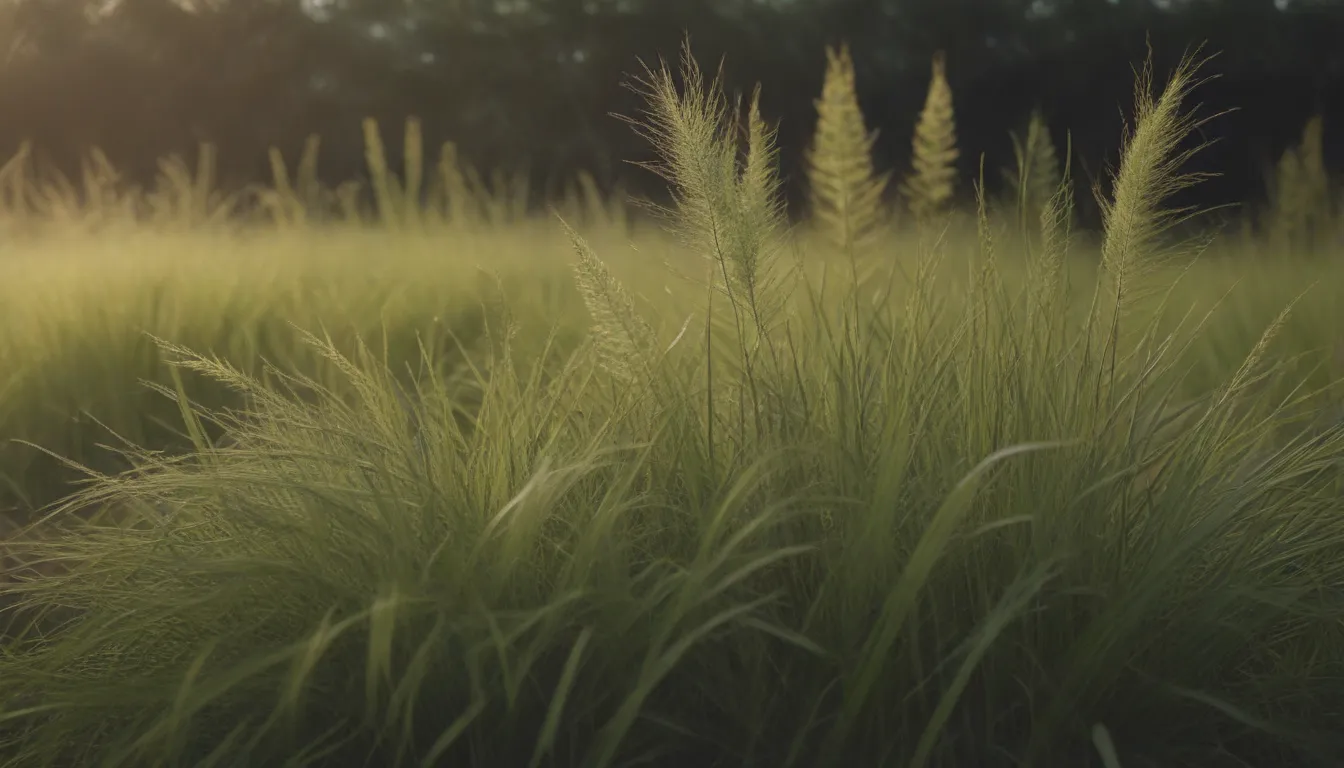
Whether you are struggling with sandy, poor soil or looking for a durable and attractive lawn grass, bahia grass may be the perfect solution for you. This hardy variety, also known as bahiagrass, is well-suited for areas in the deep South or the Gulf where other grass types may struggle to thrive. With its coarse texture and ability to grow in stolons, bahia grass is not only easy to care for but also ideal for erosion control and hay production.
Bahiagrass 101
Botanical Name: Paspalum notatum
Common Name: Bahiagrass
Plant Type: Grass
Mature Size: Varies
Sun Exposure: Full sun
Soil Type: Sandy, poor soil
Soil pH: Acidic
Growing Time: Spring or fall
Flower Color: Varies
Hardiness Zones: Varies
Native Area: Deep South, Gulf Coast
Bahiagrass Care Tips
Bahiagrass is a versatile and low-maintenance grass variety that thrives in harsh soil conditions. Here are some essential care tips to keep your bahia lawn looking its best:
-
Light: Bahiagrass loves full sun exposure and does not do well in shaded areas.
-
Soil: This grass thrives in poor, sandy soils with acidic pH levels. Avoid neutral or alkaline soil to prevent nutrient deficiencies.
-
Water: Bahiagrass has deep roots that make it drought-tolerant. Water as needed to maintain healthy color without overwatering.
-
Temperature and humidity: This grass variety is tolerant of heat and thrives in high humidity. It is well-suited for southern climates.
-
Fertilizer: Bahi lawns have low fertilizer requirements. Conduct a soil test before fertilizing to prevent unnecessary harm to the grass.
Varieties of Bahia Grass
If you are considering planting bahia grass, here are a few popular cultivars to choose from:
- ‘Pensacola’ bahiagrass
- ‘Argentine’ bahiagrass
- ‘Sand Mountain’ bahiagrass
Growing Bahia Grass From Seed
Planting bahia grass from seed is a relatively simple process, but it requires patience. Here are some steps to follow:
-
Timing: Plant your seeds in the spring for best results. Fall seeding is possible in hot climates.
-
Soil preparation: Rake the soil to prepare it for the seeds, then sow them 1/4 to 1/2 inch deep.
-
Watering: Keep the ground moist with daily watering mist. In hot, dry conditions, watering twice a day may be necessary.
-
Growth: With time and proper care, you will see your bahia grass sprout and develop into a thick, lush lawn.
By following these tips and guidelines, you can successfully grow bahia grass and enjoy a beautiful, low-maintenance lawn that thrives in even the harshest conditions. Happy planting!

